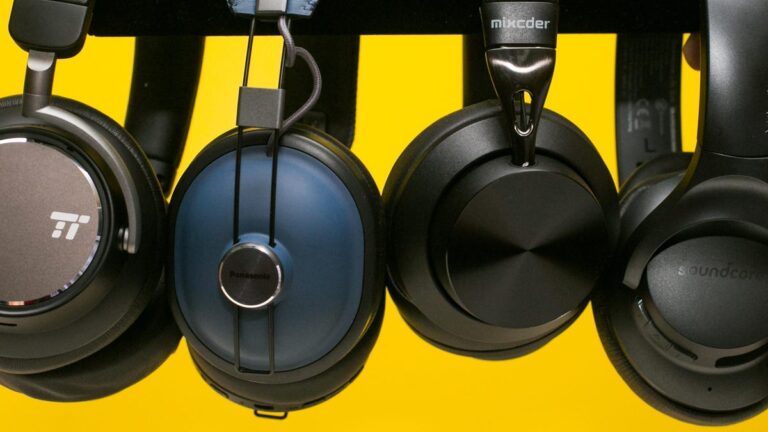Latest Developments in Robotics Technology: A Glimpse Into the Future of Intelligent Machines
Robotics has evolved far beyond industrial assembly lines. Today, robots are entering hospitals, homes, farms, and even outer space fueled by breakthroughs in AI, sensor technology, and autonomous navigation. The latest developments in robotics technology are pushing boundaries, creating machines that can see, learn, adapt, and interact with the world more naturally than ever before. Whether you’re a tech enthusiast, engineer, or decision-maker exploring automation solutions, this deep dive into robotics innovation will help you stay informed and inspired as this fast-moving field reshapes how we live and work.
AI-Driven Robots That Learn and Adapt in Real Time
One of the most significant advances in robotics is the integration of deep learning and artificial intelligence. Robots are now capable of recognizing faces, interpreting speech, and even predicting human behavior. This allows machines to work alongside people in dynamic environments like warehouses, hospitals, and retail space while adapting on the fly. Reinforcement learning enables robots to teach themselves how to perform complex tasks, reducing reliance on pre-programmed instructions. From Boston Dynamics’ agile humanoids to autonomous delivery drones, modern robots are becoming more intelligent and autonomous every day.
Soft Robotics: Flexible Machines Inspired by Nature
Traditional robots are often rigid and limited in delicate interactions. Enter soft robotics a new class of robots made from flexible materials that mimic biological structures like muscles and skin. These machines can squeeze, grip, and move in more organic ways, making them ideal for tasks requiring a gentle touch, such as harvesting fragile crops or assisting in surgical procedures. Soft robotics is also advancing prosthetics and wearable tech, providing users with more lifelike motion and control. This technology draws heavily from biomimicry, merging nature-inspired engineering with practical human applications.
Collaborative Robots (Cobots) Reshaping the Workplace
Collaborative robots—or cobots—are designed to work directly with humans, not replace them. Unlike traditional industrial robots that require isolated cages for safety, cobots use advanced sensors and force-limiting mechanisms to interact safely with people. These robots are being adopted across manufacturing, logistics, and even small businesses, where they assist with repetitive tasks while boosting productivity. Easy to program and reconfigure, cobots are making automation accessible for companies of all sizes, bridging the gap between human ingenuity and robotic precision.
Next-Gen Mobility and Navigation in Real-World Environments
Robots are no longer confined to flat, controlled surfaces. Thanks to advancements in LiDAR, GPS, computer vision, and SLAM (Simultaneous Localization and Mapping), mobile robots can now navigate complex, unpredictable environments. From autonomous vehicles and robotic dogs to warehouse drones and underwater explorers, robots are gaining the ability to understand their surroundings and move accordingly. These capabilities are critical for applications like disaster response, remote inspection, and space exploration where humans can’t always go, but robots can operate with precision and independence.
Human-Robot Interaction Is Becoming More Natural and Intuitive
As robots move closer to daily life, improving how they interact with humans is a top priority. Advances in voice recognition, gesture control, and emotional AI are making robots more responsive to human cues. Social robots, like those used in elder care or education, are being designed with expressive faces and conversational abilities to create trust and connection. The goal is not just functionality, but empathy creating robots that can understand context, tone, and human needs in meaningful ways.
FAQs
Are robots replacing human jobs entirely?
Not entirely. While robots handle repetitive or dangerous tasks, they also create new jobs in programming, maintenance, and AI development.
What industries benefit most from modern robotics?
Healthcare, manufacturing, agriculture, logistics, and defense are leading adopters, but sectors like retail and education are catching up quickly.
Can robots be trained without programming skills?
Yes. Many new platforms use visual interfaces or machine learning to enable easy training through demonstration rather than complex coding.
Are consumer robots available for everyday use?
Yes. From robotic vacuum cleaners and lawnmowers to home assistants and personal AI companions, consumer robotics is a growing market.
How safe are robots for use around people?
Safety is a key focus. Modern robots use sensors, AI, and safety protocols to minimize risks and operate predictably in human environments.

